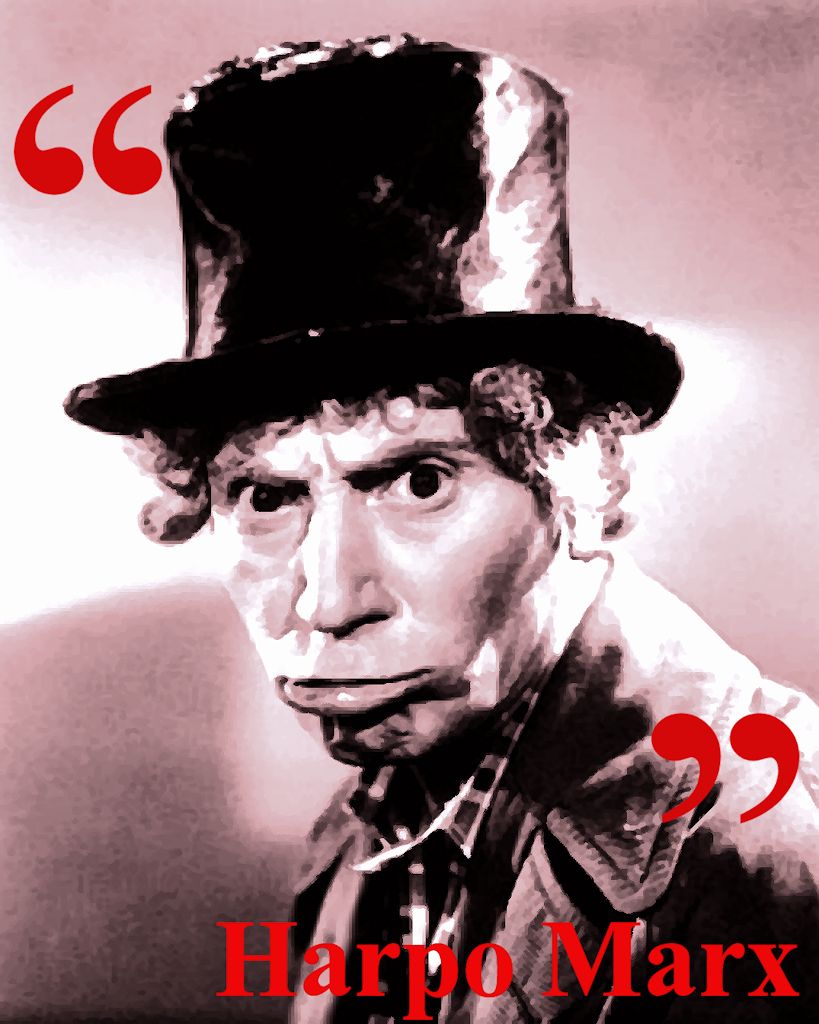All you need to start a new project is to sketch your ideas out. No matter how you make it, you’re not entering a drawing contest, what really matters is to put on paper (or in your computer if you’re so lucky to have a drawing software) what’s on your mind because whether you’re thinking to sew a new dress or to knit a new sweater you need to make clear how it will look once finished. First of all you must define style, shape and fitting. You can sketch the garment idea on a human figure or simply make a sort of flat drawing of it, but you must remember to carefully draw every relevant part of it such as the neckline shape, sleeve, bodice and hem lengths, darts etc. You can also put some written note (especially on flat drawings they are useful to make clear the real position of waist or hips), give some direction about techniques or materials (that you can pin on it), or even show where you want to place a decorative motif… This way your sketches will be not only fundamental in the creative process, they will help you again many more times, whenever you want to repeat a pattern that you particularly liked, maybe using new materials.
Tutto quello che ti serve per iniziare un nuovo progetto è buttare giù uno schizzo della tua idea. Non importa il modo in cui lo fai, non devi certo partecipare a una gara di disegno, quello che davvero importa è mettere su carta (o se hai la fortuna di avere un software di grafica sul tuo computer) quello che hai in mente, perché sia che tu voglia cucire un nuovo abito, sia che tu stia pensando ad un nuovo maglione, hai bisogno di una rappresentazione grafica che dia un’idea di come apparirà una volta finito. Innanzi tutto devi definirne lo stile, la forma e la vestibilità. Puoi disegnare un vero e proprio figurino su una figura umana o più semplicemente tracciare una sorta di disegno piatto del capo, ma devi sempre ricordarti di segnare con cura ogni particolare di rilievo come ad esempio la forma dello scollo, la lunghezza di maniche, corpetto ed orli ed aggiungere anche qualche annotazione scritta (in un disegno piatto in particolare può essere molto utile conoscere la posizione corretta delle reali linee di vita e fianchi), dare indicazioni sulle tecniche che intendi usare o sui materiali (puoi ad esempio spillare dei campioni del tessuto o del filato), indicare il punto in cui piazzare un motivo decorativo… In questo modo il tuo schizzo non sarà soltanto un elemento fondamentale del processo creativo, ma ti aiuterà molte volte ancora ogni volta che ti verrà voglia di riproporre un modello che hai particolarmente amato magari usando nuovi materiali.




Thank you for sharing. I love seeing other designers’ processes and sketches.
I love your drawings.
I really should sketch more. But, I am lazy or rather impatient. When I get an idea, I just knit up a child-size knitwear like I am doing this week 😀 From there, I note what works and what does, areas of improvement for next version.
I think I’m going to have to try this out for my next few ideas 😀
Your sketches are amAzing! I love the end result too… X
It looks like you draw these by hand? You are a great artist! If you do use software, what do you recommend?